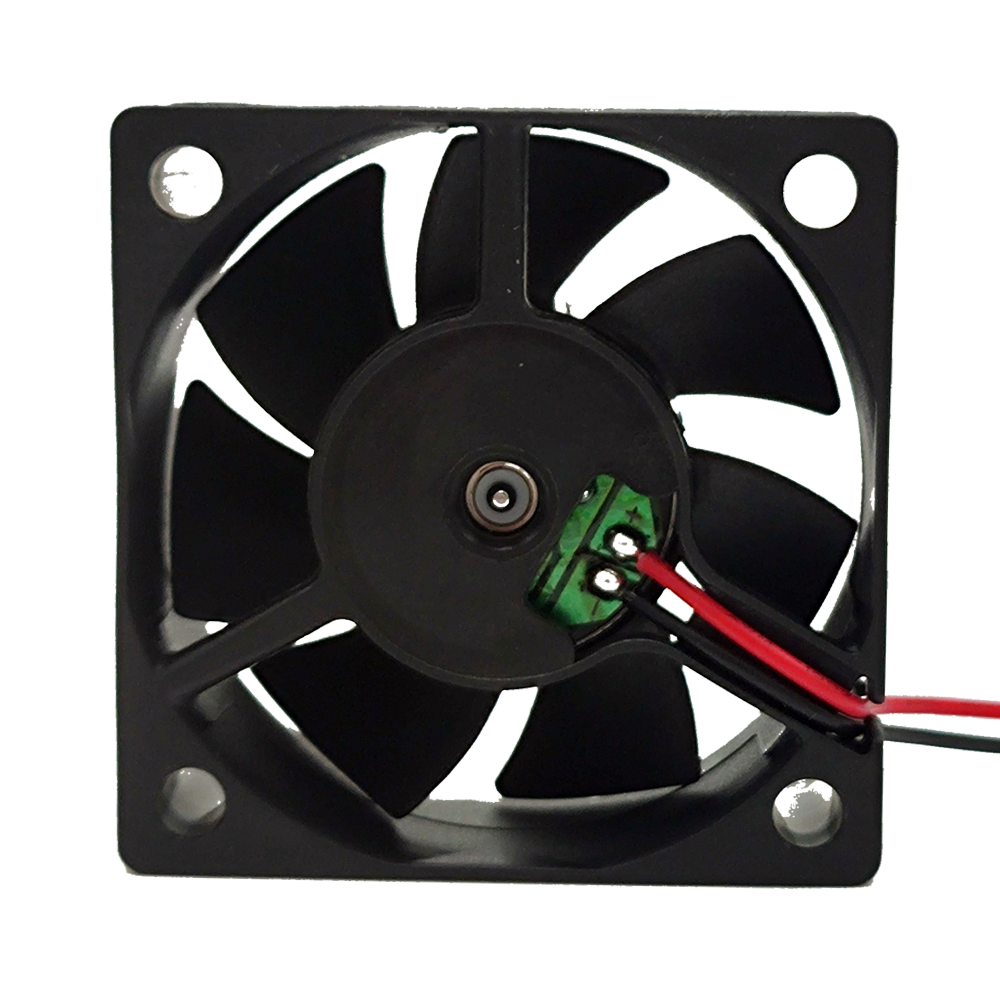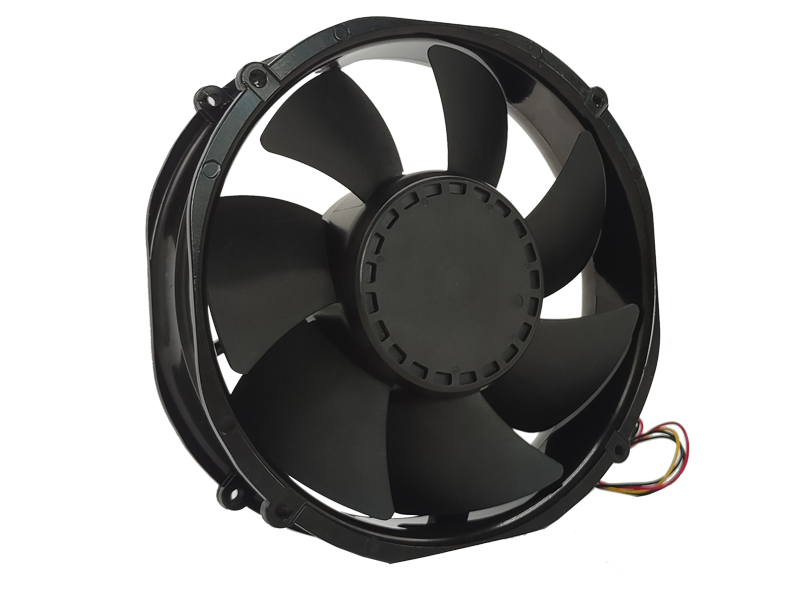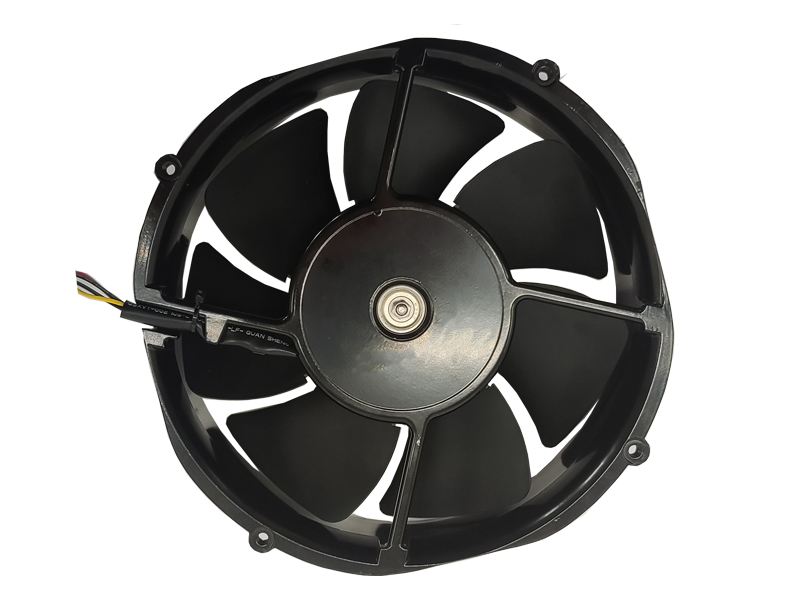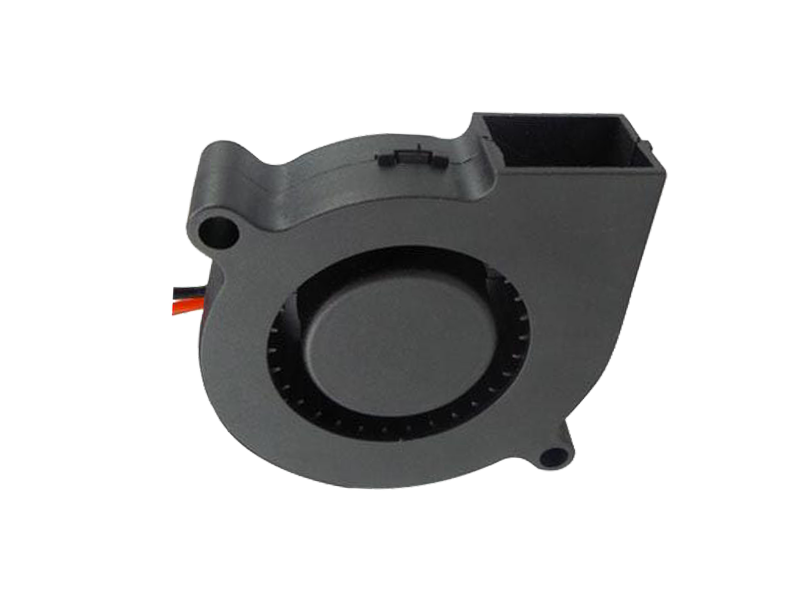Ventilation is a fundamental requirement for maintaining safe and efficient working conditions in industrial environments. Whether it’s controlling the temperature, removing dust, or improving air quality, industrial fans are crucial components of any ventilation system. They serve a diverse range of industries, from manufacturing to agriculture, and are integral to the functionality of production facilities, warehouses, and other large industrial buildings.
When designing industrial fans, manufacturers must consider numerous factors, including airflow capacity, energy efficiency, durability, and noise reduction. This article explores the engineering of industrial fans and how innovations in design, technology, and material choices have redefined what these products can accomplish in modern industrial applications.
1. The Basics of Industrial Fan Engineering
Industrial fans are designed to move large volumes of air to improve ventilation and cooling in various industrial environments. These fans typically come in several configurations, including axial, centrifugal, and mixed-flow fans, each suited to different applications and requirements.
Axial Fans: Axial fans are the most commonly used type of industrial fan. They operate by drawing air in parallel to the axis of the fan and expelling it in the same direction. These fans are typically used for high-volume, low-pressure applications, such as general ventilation in factories, warehouses, and tunnels.
Centrifugal Fans: Unlike axial fans, centrifugal fans move air perpendicular to the axis of the fan. They are often used in high-pressure applications where the fan needs to push air through duct systems or remove fumes from an enclosed space. Centrifugal fans are ideal for applications that require high resistance to airflow.
Mixed-Flow Fans: These fans combine the characteristics of both axial and centrifugal fans. They offer a balance between airflow volume and pressure and are suitable for medium-pressure applications.
Each type of fan has its advantages and is chosen based on the specific needs of the application, such as the space size, airflow requirements, and pressure needs.
2. Innovations in Industrial Fan Design
As industries continue to push for greater efficiency and sustainability, industrial fans have undergone significant innovations in their design. Some of the most noteworthy advancements in fan technology include:
High-Efficiency Motors: The advent of energy-efficient motors has dramatically improved the performance of industrial fans. These motors consume less electricity while maintaining high airflow rates, resulting in reduced energy costs. Variable speed drives (VSDs) are also increasingly used in industrial fans to adjust motor speed according to real-time requirements, providing even more energy savings.
Improved Aerodynamics: Engineers are continually refining fan blade designs to optimize airflow and reduce energy consumption. The latest designs incorporate advanced aerodynamic principles, such as curved blades and optimized blade angles, which enhance airflow efficiency while minimizing drag and vibration.
Advanced Materials: Industrial fans must withstand harsh environments, from extreme temperatures to corrosive chemicals. As a result, modern fan blades are made from durable materials such as stainless steel, aluminum, and carbon composites. These materials offer resistance to corrosion and wear, extending the lifespan of the fan while ensuring consistent performance.
Noise Reduction Technologies: In large industrial facilities, fan noise can be a significant issue. Advances in noise reduction technologies, such as vibration-damping materials and noise-canceling designs, have enabled manufacturers to produce fans that operate quietly without compromising airflow.
3. Energy Efficiency: A Priority in Modern Industrial Fan Design
Energy efficiency has become a critical consideration in the design of industrial fans. With rising energy costs and growing concerns about environmental sustainability, industries are increasingly looking for ways to reduce their energy consumption. Industrial fans are a major source of electricity use in many facilities, so optimizing their energy efficiency can have a significant impact on operational costs.

One of the key ways to improve energy efficiency is by using variable speed drives (VSDs), which allow the fan’s motor to adjust its speed depending on the current ventilation requirements. This means that the fan only runs at the necessary power level, avoiding unnecessary energy waste. Additionally, high-efficiency motors have been developed to deliver greater output while consuming less power, making them a preferred choice for industrial applications.
4. Environmental Impact and Sustainability
Sustainability is a growing concern in many industries, and industrial fan manufacturers are no exception. Companies are increasingly choosing environmentally friendly materials and production processes to reduce the environmental impact of their products. For example, fans made from recyclable materials are helping to reduce waste and minimize the need for raw materials.
Another aspect of sustainability is the reduction of energy consumption. As mentioned earlier, industrial fans equipped with energy-efficient motors and VSDs not only reduce electricity usage but also contribute to lowering a facility's overall carbon footprint. By adopting these technologies, companies are aligning their operations with global sustainability goals.
5. The Future of Industrial Fans
The future of industrial fans lies in continued innovation. As industries become more focused on automation and data-driven decision-making, the integration of smart technology into industrial fans is expected to grow. For instance, fans equipped with sensors can monitor environmental conditions such as temperature, humidity, and air quality in real-time. The fan’s operation can then be adjusted automatically, ensuring optimal performance and energy efficiency.
Additionally, advancements in materials science will likely lead to even more durable and efficient fan components. From lightweight composites to advanced coatings, the materials used in fan construction will continue to evolve, making fans more resistant to wear and more capable of handling extreme conditions.
6. Conclusion
Industrial fans are more than just functional components in ventilation systems; they are the backbone of efficient and sustainable operations in manufacturing and other large-scale industrial applications. With ongoing innovations in design, materials, and technology, these fans are becoming smarter, more energy-efficient, and more environmentally friendly.
By embracing these advancements, companies can improve their bottom line, reduce their environmental impact, and create safer, more comfortable environments for their workers. The future of industrial fans is bright, and as technology continues to evolve, so too will the capabilities of these essential products.
Recommended Products

The main purpose:Car charging station

The main purpose:Car charging station

The main purpose:Electronic refrigerators, water dispensers, direct drinking machines, inverter power supplies
Address:No. 4137, Longgang Avenue (Henggang Section), Henggang Community, Henggang Street, Longgang District, Shenzhen
hotline:13530005572(Chen)15112579390(Li)


Welcome all friends to come for consultation and negotiation.
Copyright 2024 @ Shenzhen Youneng Xinyuan Electronics Co., Ltd.,(industrial fans,industrial blowers,axial fans,cooling fans manufacturer,centrifugal fans,ac cooling fans,dc cooling fans)